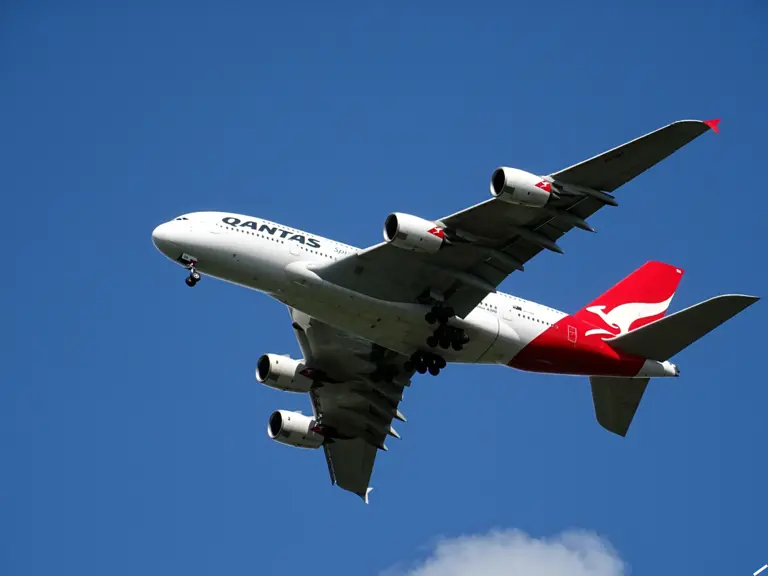
A Qantas flight from Perth to Paris was forced to return after 15 hours in the air due to Iranian missile strikes and sudden airspace closures
A Flight to Nowhere: Qantas Dreamliner Loops Back After 15 Hours
What was meant to be a routine 17-hour long-haul journey from Perth to Paris turned into a surreal odyssey when Qantas Flight QF9 was forced to return to its origin after spending 15 hours in the air. The Boeing 787-9 Dreamliner had departed Perth at 7:35 PM local time on Monday, June 23, with 256 passengers on board, only to land back at the same airport around 11:00 AM the next day.
The reason? A sudden escalation in the Middle East. Iranian missile strikes targeting U.S. military bases in Qatar and Iraq prompted emergency airspace closures across the Gulf region. With no viable rerouting options and safety concerns mounting, Qantas made the difficult decision to abort the flight mid-journey.
The airline confirmed that the aircraft had reached the southwestern edge of Indian airspace when the alert came through. “Given the rapidly evolving security situation, we prioritized passenger safety and made the call to return to Perth,” a Qantas spokesperson said.
Ripple Effects: Global Airlines Scramble as Airspace Shuts Down
The Qantas incident is just one example of the broader disruption sweeping through international aviation. The Middle East serves as a critical corridor for flights between Asia and Europe. With airspace over Iran, Iraq, Qatar, and parts of the UAE now restricted or closed, airlines are being forced to cancel, reroute, or delay flights on short notice.
Qantas also diverted a Perth–London flight to Singapore and announced that return legs from Paris and London would be delayed. The airline is working to accommodate stranded passengers with overnight stays and alternative travel arrangements.
Other carriers, including Emirates, Lufthansa, and Singapore Airlines, are closely monitoring the situation and adjusting flight paths accordingly. The International Air Transport Association (IATA) has issued a global advisory, urging airlines to avoid conflict zones and coordinate with regional air traffic control centers.
The economic impact is already being felt. Extended flight times, increased fuel consumption, and logistical bottlenecks are expected to drive up operational costs. For passengers, the fallout includes missed connections, disrupted itineraries, and mounting frustration.
Aviation in the Crossfire: When Geopolitics Grounds Global Travel
The Qantas “flight to nowhere” is more than a logistical hiccup, it’s a stark reminder of how fragile global aviation can be in the face of geopolitical volatility. The Iranian missile strikes, which targeted the U.S. Al Udeid Air Base in Qatar, have not only escalated military tensions but also exposed the vulnerabilities of civilian air routes that crisscross conflict-prone regions.
Aviation experts warn that such disruptions could become more frequent as global tensions rise. “We’re entering an era where geopolitical flashpoints can paralyze air travel in hours,” said a senior aviation analyst. “Airlines must now plan for contingencies that go beyond weather and technical issues.”
For Qantas, the incident is a reputational test. While the airline has been praised for its swift response and prioritization of safety, it now faces the challenge of restoring passenger confidence and managing the operational fallout. As the Middle East crisis unfolds, the skies remain uncertain. For now, Qantas and other global carriers are navigating not just air routes, but a world increasingly shaped by conflict and unpredictability.
Stay updated with the latest news on Rapido Updates. Keep yourself updated with The World, India News, Entertainment, Market, Automobile, Gadgets, Sports, and many more